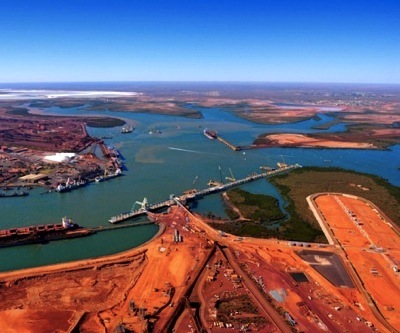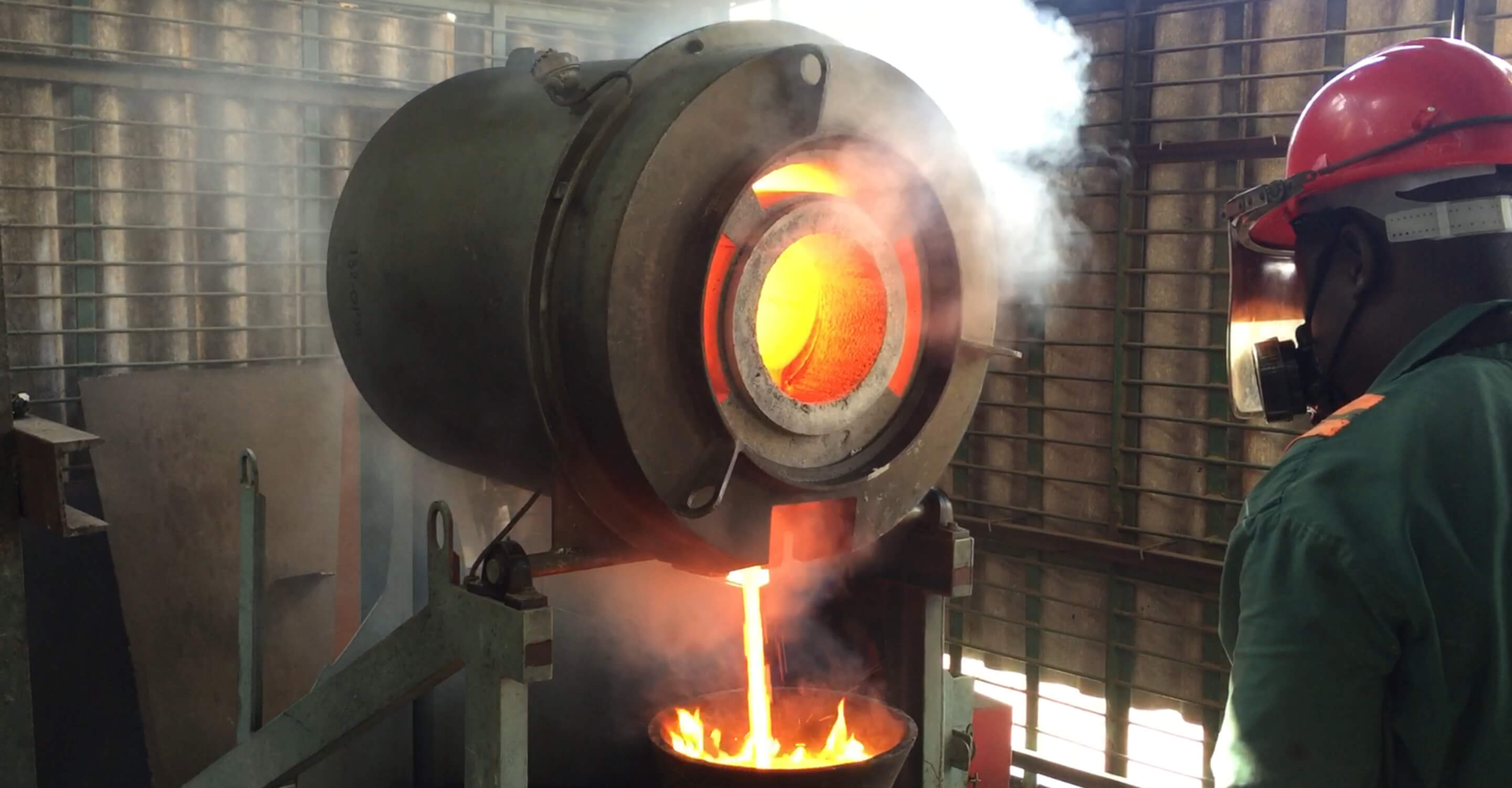Iron ore price breaks fall

Benchmark iron ore managed to eke out a small gain on Monday after a 4% gap down on Friday to fresh lows last seen September 2012.
According to data from the The Steel Index, the import price of 62% iron ore fines at China’s Tianjin port was pegged at $92.10 per tonne on Monday, up $0.30 on the day after a 7% fall last week.
Iron ore is down 31.5% year to date and apart from that quick gap down in 2012 when the steelmaking raw material spent two weeks below $100 a tonne ore hasn’t traded in double digits at all since 2009 during the financial crisis.
China is responsible for two-thirds of the 1.2 billion tonne seaborne trade and last week the country’s powerful central economic planning agency said lower price are here to stay “blaming languishing ore prices on a flood of supply”.
Stockpiles of imported iron ore at Chinese ports are at record highs above 110 million tonnes according to industry consultancy Steelhome, up more than 50% from this time last year.
A slowdown in the world’s second largest economy – particularly the property sector that accounts for almost half of all steel demand – has unnerved producers in Australia, Brazil and Africa even as they ramp up supply of the raw material to unheard of levels.
Global supplies of iron ore are set to exceed demand by 175 million tonnes next year as top producers Vale, Rio Tinto and BHP continue to increasey capacity, Goldman Sachs predicts.
BHP said its on track to up production at its newest mine Jimblebar to 55 million towards its longer term target of 270 million tonnes per annum. Rio Tinto is most aggressive – it is ahead of schedule to reach 290 million tonnes per annum and is targeting 360 million tonnes per annum in the longer run.
Vale has been struggling to keep up with the Pilbara producers but the company is nevertheless sticking to its medium term expansion plans to lift its output above 400 million tonnes from the current 300 million tonnes-plus by 2018 as giant projects like S11D in the Carajas complex come on stream.
Anglo American’s Minas Rio project in Brazil could add another 26 million tonne before the end of this year at the same time its Kumba unit in South Africa return to nameplate capacity of 40 million tonnes-plus.
Gina Rinehart’s recently okayed Roy Hill project could dump an additional 55 million tonnes on the market by the end of next year.
Canada last week okayed its biggest greenfield project in many year and has a number of ore projects in the offing, but further out Africa is destined to become the price trendsetter.
Rio’s deal with Guinea on developing the Simandou deposit announced this week creates the prospect of a greenfield 95 million tonnes per annum mine within a decade.
Rio’s $20 billion project with Chinese and World Bank backing constitutes less than half the Simandou mountain range leases while smaller producers in West Africa are close to bringing to market ore from equally rich fields surrounding the Nimba mountains.
{{ commodity.name }}
{{ post.title }}
{{ post.date }}

Comments